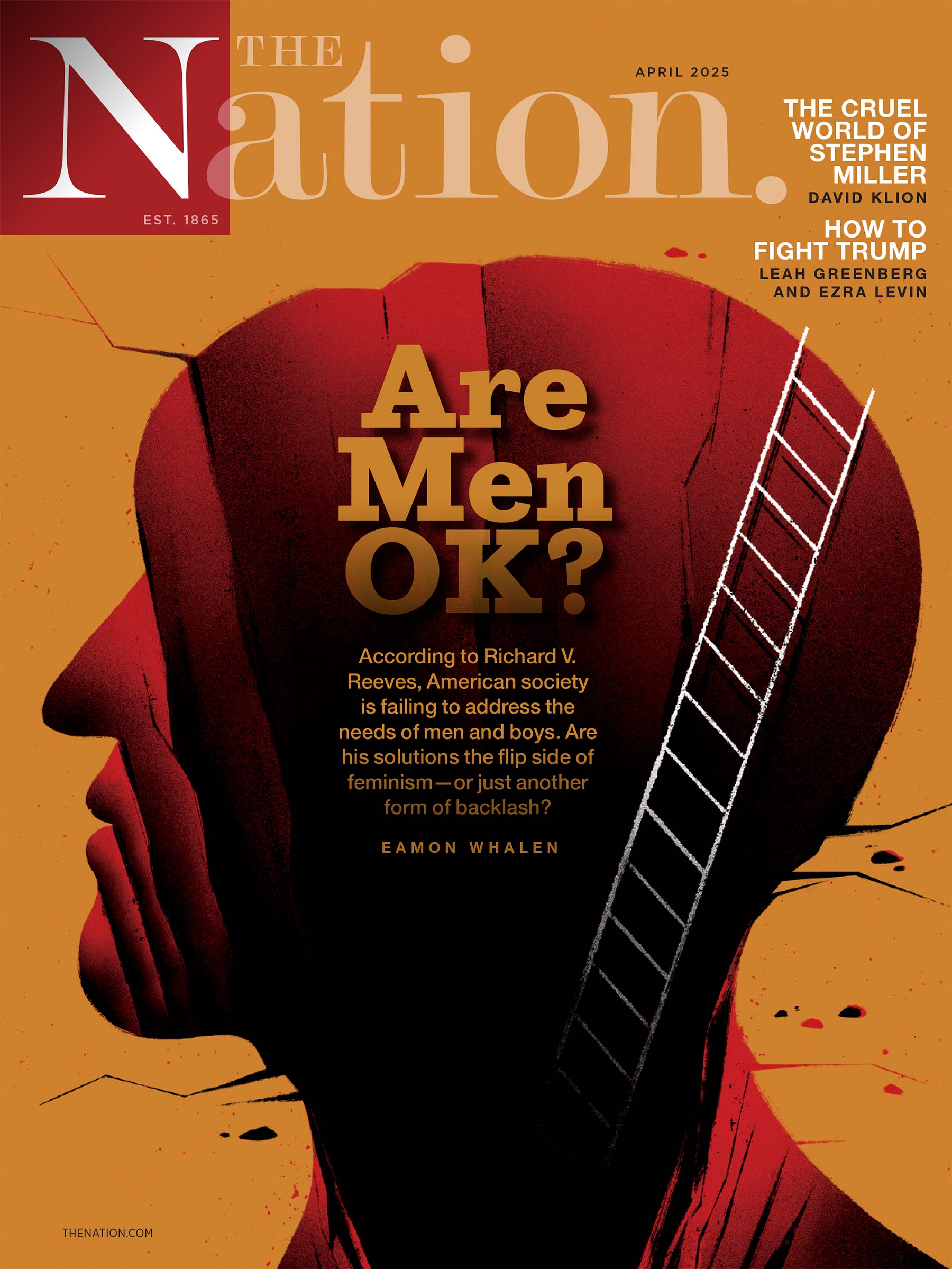A look at the most questionable ‘green’ organizations that are busy shoveling up hard cash from the world’s worst polluters.
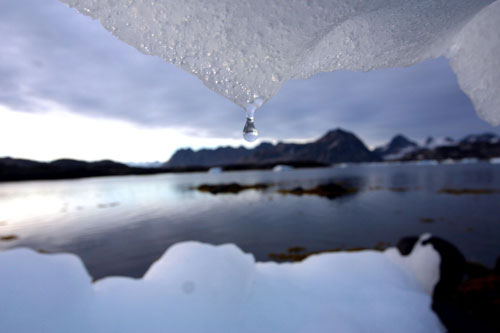
"As we confront the biggest ecological crisis in human history, many of the green organizations meant to be leading the fight are busy shoveling up hard cash from the world’s worst polluters–and burying science-based environmentalism in return," writes Johann Hari in "The Wrong Kind of Green." "Sometimes the corruption is subtle; sometimes it is blatant."
"As we confront the biggest ecological crisis in human history, many of the green organizations meant to be leading the fight are busy shoveling up hard cash from the world’s worst polluters–and burying science-based environmentalism in return," writes Johann Hari in "The Wrong Kind of Green." "Sometimes the corruption is subtle; sometimes it is blatant."
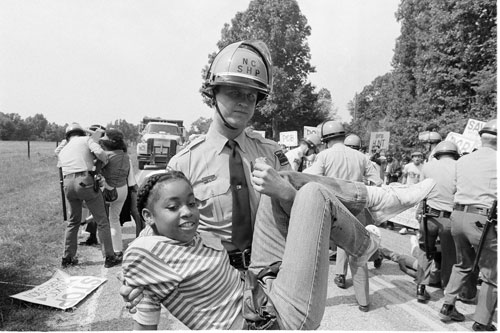
A policeman carries a protester to a waiting van, after she and 39 others tried to block trucks carrying toxic chemicals in North Carolina in 1982. In a Nation article published four years later, Seth Zuckerman discovers that on "Environmentalism’s 16th birthday," there are two camps fighting for a greener future: environmental lobbying groups based in DC and grassroots protesters, both of whom scorn the other.
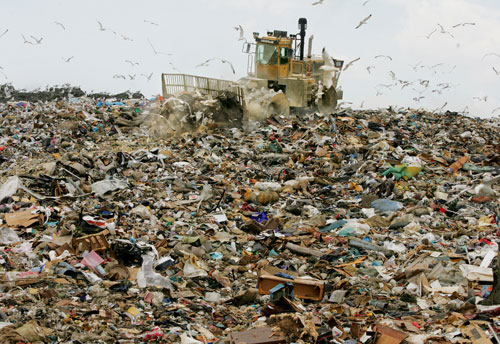
In a 1968 article entitled "Conservation for Survival," Robert and Leona Rienow write about the shift in the discussion of conservation from supply to survival. "Scientists no longer worry as much about the coal and oil supply as about the life-endangering contaminants their combustion throws into the atmosphere… The question as to whether we shall always have enough plastic and paper is blotted out of sight by the mountains of ‘discards’ and trash we must wade over and through."
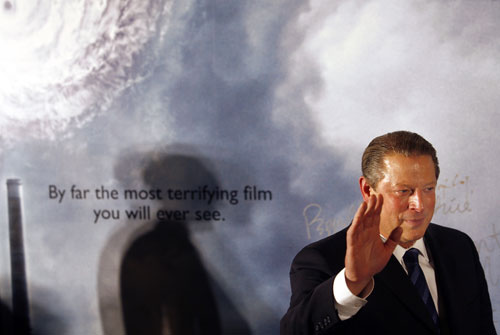
When Al Gore was awarded his Nobel Peace Prize in October of 2007, The Nation hoped he would use the prize to catalyze bold action. He had become, according to the Nobel committee, "probably the single individual who has done the most to create greater worldwide understanding of the measures that need to be adopted" to confront the climate crisis. However, The Nation was quick to remind readers of the corrupt political system that derailed Gore from becoming that same individual while in office. Gore admitted the award was "just the beginning," and The Nation responded, "Let’s hope so."
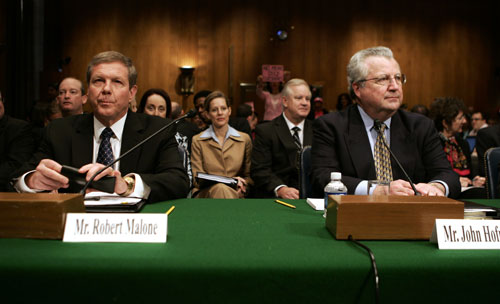
Johann Hari’s controversial article in the March 4, 2010 issue of The Nation exposed that big-name national and international conservation groups such as the Sierra Club and Conservation International are accepting money from companies with long histories of egregious environmental abuse–companies like Shell and BP–whose presidents are seen here at a Senate committee in 2008.

Monsanto’s attempts to sell genetically altered soybeans in Europe without labels resulted in countrywide bans, lawsuits, field sabotage and eventually a tarnished reputation worldwide in 1996. In a 1999 article, Kirkpatrick Sale lays out how Monsanto’s new propaganda campaign is working to change the company’s image. A little over a year later, Monsanto hadn’t changed, as The Nation’s Nancy Beiles’ description of the company’s chemically toxic practices proves.
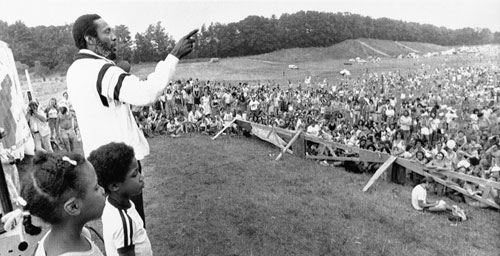
Comedian Dick Gregory addresses a crowd of about 4,500 people who gathered to protest the building of the Seabrook Nuclear Power Station during the Fourth Annual Clamshell Alliance demonstration in 1979. Harvey Wasserman described the group in his Nation article as "the most controversial anti-nuclear group on the American scene."

The Midwest and the South have vast untapped green resources and they hardly know it. In "The Case for ‘Gray Power’ " Lisa Maregonelli challenges states like Ohio to rethink their smokestacks, which, once outfitted for clean energy, could become a boon for their energy grid and their economy. The notion of investment in a green economy is not uncommon–nor should it be. In "Swords Into Solar Panels" Miriam Pemberton finds that in Owego, New York–home to the Lockheed Martin Systems Integration center–residents could improve upon their solar technology business and become a new base for solar industry manufacturing. Much like in Ohio, Pemberton writes, "If this scenario for creating solar jobs in Owego is to succeed, it will need the active involvement of Owego itself.
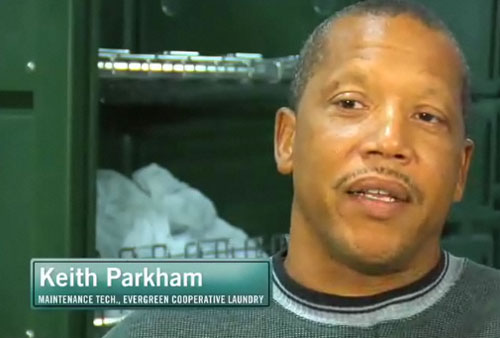
In response to its lackluster economy, Cleveland, Ohio, has created a green business model and other cities have begun taking note. The Evergreen Cooperative Laundry (ECL) is part of a network of ten major enterprises in Cleveland which are not only green, but are also empowering their employees by allowing them to become co-owners over time. Other businesses include a community-based newspaper and a cooperative solar company. The model could give stability to cities like Cleveland, where the poverty rate is more than 30 percent. Although the model needs further honing, the important thing is, it’s a start to a newer, greener economy. "It’s all up to us if we want the company to grow and succeed," says maintenance technician Keith Parkham, pictured.

You can easily do most, if not all, of the suggestions listed in The Nation‘s"Ten Things You Can Do to Shrink Your Carbon Footprint." For instance: use less paper, replace light bulbs with energy efficient ones and lower the thermostat. A few may need an extra nudge–rid your home and garden of synthetic pesticides, invest in water-efficient faucets and shower heads and drive less.
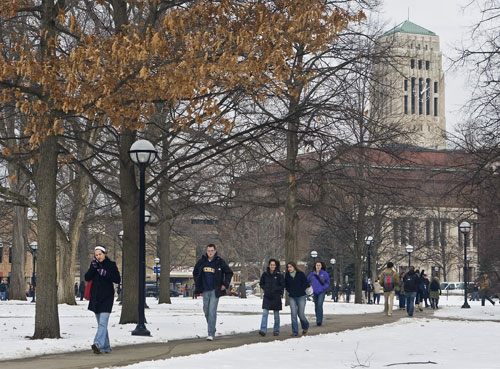
Students walk across the University of Michigan’s campus in Ann Arbor. The University was the site of the country’s first "teach-in on the environment" in 1970. Raymond Coffey profiled the event for The Nation, dubbing it a "forerunner" and "model" for the thousands of college and high school events that took place on the first Earth Day on April 22, 1970.
Students walk across the University of Michigan’s campus in Ann Arbor. The University was the site of the country’s first "teach-in on the environment" in 1970. Raymond Coffey profiled the event for The Nation, dubbing it a "forerunner" and "model" for the thousands of college and high school events that took place on the first Earth Day on April 22, 1970.
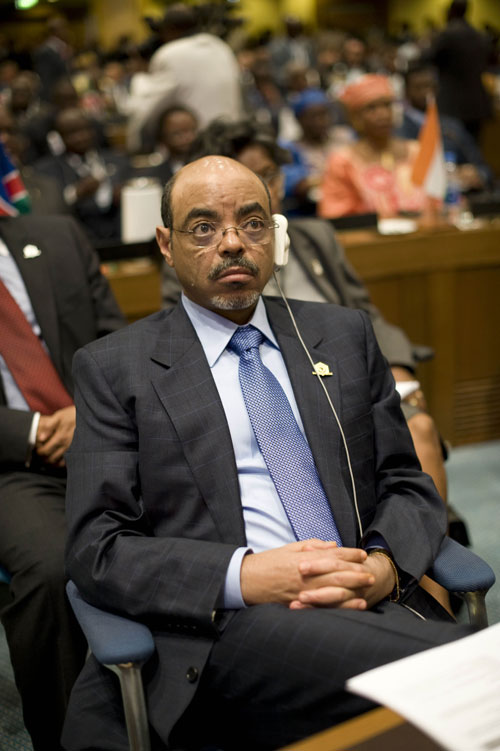
When Nation correspondent Naomi Klein visited Copenhagen for the Climate Change Summit, she found contradictions in the Ethiopian prime minister’s stance on global warming. Three months earlier, Meles Zenawi, pictured here, warned he would walk out on negotiations that are a "rape of [his] continent." But in Copenhagen, he repositioned, revealing a plan accepting increasing temperatures in Africa. As Klein writes, developing countries do not realize their loss, and economist Nicholas Stern equates the exchange to "beads and blankets for Manhattan." Luckily, Archbishop Desmond Tutu was hesitant to settle on a deal for Africa right then, which, Klein writes in "The Courage to Say No," is the most we can hope for.
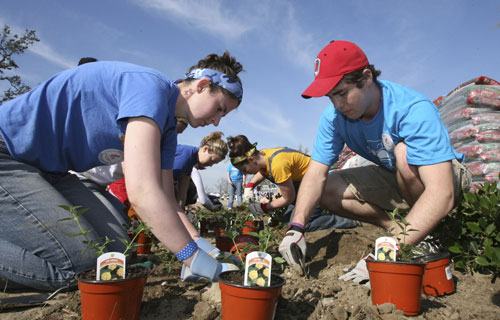
In "Working Together for a Green New Deal," Van Jones considers the possibility of a government-guided, environmentally-sustainable overhaul of our political and economic system. As with President Franklin Roosevelt’s New Deal, Van Jones sees a Green Growth Alliance that would work together for positive change and environmental activism. He identifies five groups–labor, social justice activists, environmentalists, students and faith organizations–that together "can change the face of politics in this country." To go green, he writes, "all hands must be on deck." Maybe then, we can redeem the soul of the nation.
